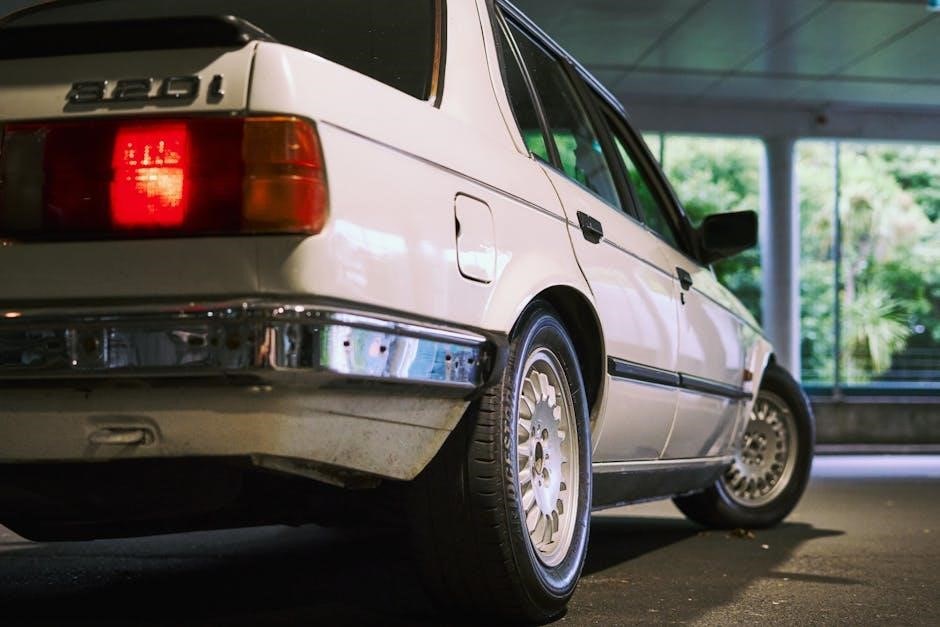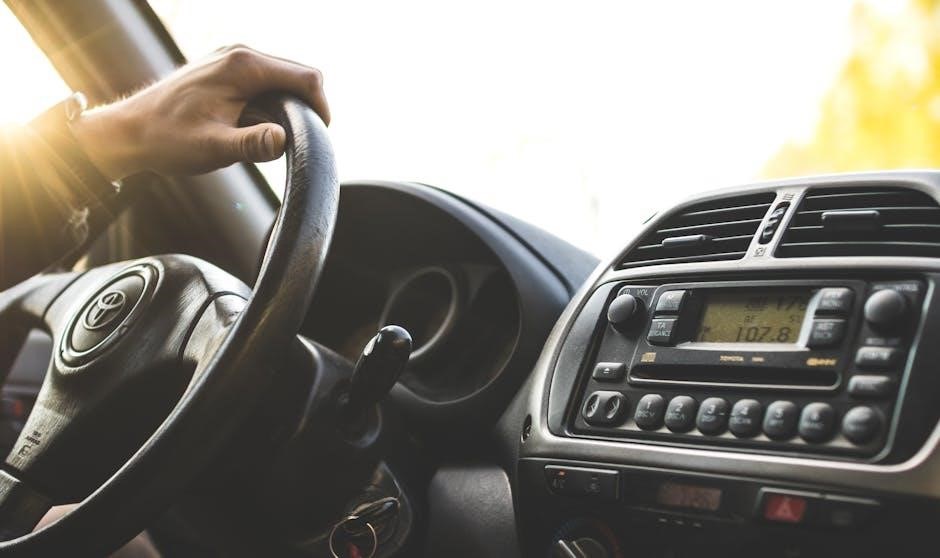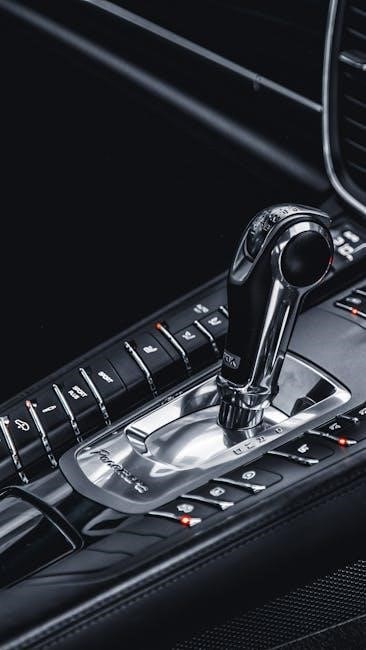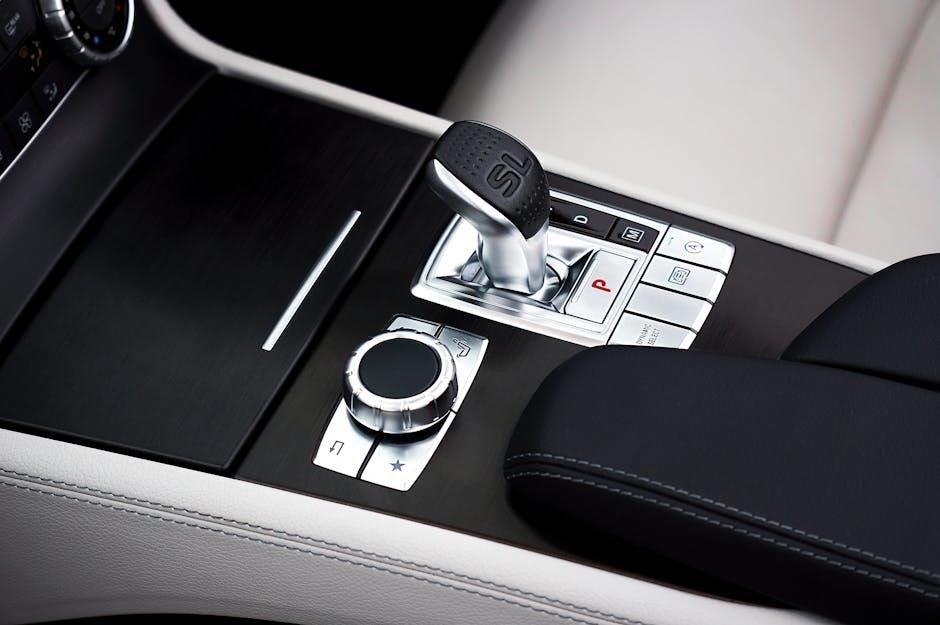Can You Drive an Automatic Car with a Manual License?
Yes‚ if you hold a manual driving license‚ you are generally permitted to drive an automatic car. This is because a manual license demonstrates competency in all aspects of vehicle control‚ including those required for automatics.
The question of whether you can operate an automatic vehicle with a manual license is a common point of confusion for many drivers. Understanding the distinctions between manual and automatic driving licenses is crucial for legal and practical reasons. This article aims to clarify the rules and regulations surrounding these licenses‚ exploring the permissions granted by each. We’ll delve into why a manual license typically allows you to drive both types of vehicles‚ while an automatic license has limitations. Furthermore‚ we will address how to upgrade from an automatic to a manual license if desired‚ ensuring you are fully informed.

Understanding Driving Licenses
Driving licenses serve as official permissions to operate specific vehicle types on public roads. They are categorized based on vehicle type and transmission‚ with manual and automatic licenses being the primary distinctions.
Manual vs. Automatic Licenses: Key Differences
The core difference lies in the type of vehicle you’re qualified to drive. A manual license permits operation of both manual and automatic cars‚ reflecting a broader skill set. Conversely‚ an automatic license restricts you to vehicles without a clutch pedal‚ simplifying the driving process. This distinction stems from the additional skills required to manage gear changes and clutch control in manual transmissions. Obtaining a manual license typically involves a more comprehensive driving test‚ assessing proficiency in these areas. Choosing between the two depends largely on your driving preferences and future vehicle needs.
Restrictions of an Automatic License
An automatic license restricts drivers to operating vehicles without a manual clutch. This means you cannot legally drive cars that require the driver to manually change gears‚ limiting vehicle choices.
Driving Manual Cars with an Automatic License: Is it Legal?
No‚ it is generally illegal to drive a manual car with an automatic-only driving license. Your license specifies that you are only qualified to operate vehicles without a clutch pedal. Driving a manual car without the proper license is a traffic violation‚ potentially leading to fines‚ penalties‚ or even license suspension. The law dictates that drivers must be competent in all aspects of vehicle operation for the safety of themselves and others. Therefore‚ if you only possess an automatic license‚ you are restricted to driving automatic vehicles only‚ and operating a manual transmission vehicle is against the law.
Why Manual Licenses Allow Driving Both Types of Cars
Manual licenses permit driving both types of cars because operating a manual vehicle requires a broader skill set. This includes clutch control and gear shifting‚ skills not needed in automatic cars.
Skill Set and Competency
The core reason manual licenses allow driving both automatic and manual cars lies in the broader skill set they demonstrate. A driver competent in a manual car has mastered clutch control‚ gear shifting‚ and coordinating these actions with steering and braking. These complex skills inherently encompass the simpler operation of an automatic vehicle‚ which lacks a clutch pedal and manual gear selection.
Therefore‚ possessing a manual license signifies a higher level of driving proficiency. Licensing authorities recognize this comprehensive skill set‚ deeming manual license holders competent to operate vehicles with simpler automatic transmissions‚ without posing a risk to road safety;
Upgrading from an Automatic to a Manual License
To upgrade‚ verify eligibility‚ often needing a valid automatic license. Passing a manual driving test is typically required. Successfully completing the test grants a license to drive both manual and automatic vehicles legally.
Eligibility Requirements
To be eligible to upgrade from an automatic to a manual license‚ you must typically hold a valid‚ unrestricted automatic driving license‚ often classified as Category B in many regions. Some jurisdictions may require a minimum period of holding this automatic license before applying for an upgrade. Additionally‚ applicants must meet the standard vision and medical requirements stipulated by their local licensing authority.
Furthermore‚ it is essential to be of the legal driving age and to provide proof of identity and residency as required by the specific regulations of the region where the upgrade is sought. Meeting these prerequisites ensures readiness for manual driving.
The Process of Upgrading Your License
Upgrading from an automatic to a manual license generally involves several key steps. First‚ you’ll need to apply for a learner’s permit that allows you to drive manual vehicles under supervision. Next‚ practice driving a manual car to gain proficiency in clutch control and gear shifting. Consider taking lessons from a certified driving instructor.
Once you feel confident‚ schedule a manual driving test with your local licensing authority. The test will assess your ability to safely operate a manual vehicle. Upon successful completion‚ you’ll receive an updated license that permits you to drive both manual and automatic cars.

Driving Test Requirements for Manual Licenses
To obtain a manual license‚ a driving test is required‚ assessing your ability to operate a manual vehicle safely. This includes clutch control‚ gear changes‚ and overall vehicle handling skills.
What to Expect During the Manual Driving Test
The manual driving test assesses your proficiency in operating a vehicle with a manual transmission. Expect to demonstrate smooth gear changes‚ clutch control‚ and the ability to coordinate these actions while maintaining safe driving practices. Examiners will evaluate your skills in various scenarios‚ including starting and stopping on inclines‚ navigating intersections‚ and performing maneuvers like parallel parking. They will also assess your awareness of road conditions‚ adherence to traffic laws‚ and ability to anticipate potential hazards. Successful completion demonstrates you can safely and competently operate a manual car‚ granting you the freedom to drive both manual and automatic vehicles.
Learning to Drive a Manual Car After Getting an Automatic License
Even with an automatic license‚ learning to drive a manual car is possible. It requires additional lessons and practice to master clutch control and gear shifting. You’ll also need to pass a manual driving test.
Options for Learning Manual Driving
If you hold an automatic license and wish to drive manual vehicles‚ several learning avenues exist. Enrolling in a driving school that offers manual lessons is a popular option‚ providing structured instruction from qualified instructors. Another choice involves practicing with a friend or family member who owns a manual car‚ supplementing your learning with real-world experience. Remember to display “L” plates during practice sessions‚ adhering to local regulations. Some drivers find simulator-based training beneficial for familiarizing themselves with manual controls before getting behind the wheel. Regardless of your chosen method‚ consistent practice is key to mastering manual driving skills and upgrading your license.
Advantages and Disadvantages of Automatic Licenses
Automatic licenses offer ease of learning‚ but limit drivers to automatic vehicles. Manual licenses grant broader driving privileges. Automatic cars may have higher maintenance costs and potentially reduced fuel efficiency compared to manual vehicles.
Benefits of Learning in an Automatic Car
Learning in an automatic car offers several advantages‚ particularly for new drivers. The simplified driving experience allows learners to focus more on road awareness and safety‚ reducing the cognitive load associated with gear changes and clutch control. This can lead to faster learning and increased confidence behind the wheel. Automatic cars are also an excellent option for those with physical disabilities or joint problems that may make operating a manual car challenging. By removing the complexities of manual transmission‚ drivers can concentrate on mastering essential driving skills. This makes automatic cars ideal for nervous learners too.
Drawbacks of Having Only an Automatic License
Opting solely for an automatic license does come with certain limitations. The primary drawback is the restriction to driving only automatic vehicles‚ limiting your choice of cars. This can be a disadvantage if you need to drive a manual car for work or personal reasons. Furthermore‚ some argue that a manual license provides a more comprehensive understanding of vehicle mechanics and control. In some regions‚ manual cars may be more readily available or affordable. Additionally‚ should you later desire to drive manual vehicles‚ upgrading your license will require additional training and testing‚ which can be a deterrent for some.

Automatic Licenses in Different Countries
Licensing laws vary significantly across the globe. Some countries‚ like the USA‚ don’t differentiate between automatic and manual licenses for standard vehicles. Others‚ such as Germany‚ have specific endorsements based on the transmission type used during the driving test.
Variations in Licensing Laws Worldwide
Globally‚ licensing laws exhibit considerable diversity concerning automatic and manual vehicles. In some regions‚ like the United States‚ a standard driver’s license permits operation of both transmission types‚ reflecting a focus on general vehicle control. Conversely‚ countries such as Germany enforce stricter distinctions. Passing a driving test in a manual vehicle grants a license valid for both manual and automatic transmissions. However‚ testing in an automatic restricts the driver to automatic vehicles only. This reflects varying philosophies on driver competency and the perceived skill difference between manual and automatic driving. These variations highlight the importance of understanding local regulations.

Semi-Automatic Cars and Licensing
Semi-automatic cars‚ often featuring paddle shifters‚ are generally classified as automatics for licensing. Therefore‚ an automatic license typically covers these vehicles‚ as there is no clutch pedal requiring manual operation by the driver.
How Semi-Automatic Transmissions Affect License Requirements
Semi-automatic transmissions‚ which include features like paddle shifters‚ often blur the lines between traditional manual and automatic vehicles. Due to the absence of a clutch pedal that requires manual engagement‚ these vehicles are generally classified and licensed as automatics. This means that if you hold an automatic license‚ you are typically permitted to operate a vehicle equipped with a semi-automatic transmission. However‚ it’s crucial to verify local regulations‚ as specific licensing requirements may vary by jurisdiction. Always consult your local Department of Motor Vehicles or equivalent to confirm the exact rules in your area regarding semi-automatic vehicles and licensing.
Future Trends in Driving Licenses
With electric vehicles and advanced driver-assistance systems becoming more prevalent‚ automatic licenses are expected to rise. This shift may lead to changes in testing and licensing focused on automated technologies and safety systems.
The Rise of Automatic Licenses
The increasing popularity of electric vehicles (EVs) and hybrid cars‚ which predominantly feature automatic transmissions‚ is significantly contributing to the rise of automatic licenses. As the automotive industry shifts toward electric mobility‚ more individuals are opting for automatic licenses due to their suitability for driving these vehicles. Furthermore‚ the simplicity and ease of learning in automatic cars make them an attractive option for new drivers‚ potentially leading to a higher proportion of drivers holding automatic-only licenses in the future. This trend is expected to continue as EVs become more affordable and widely adopted.

